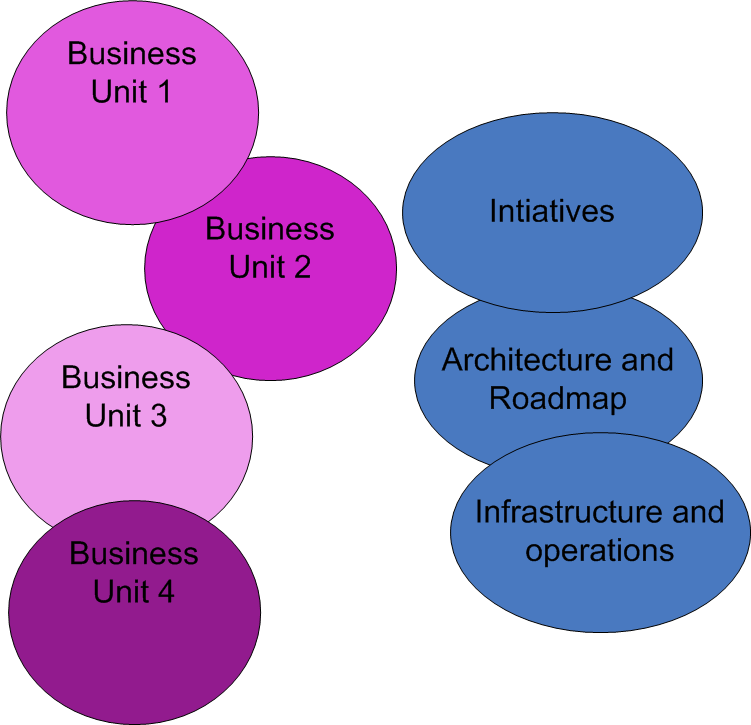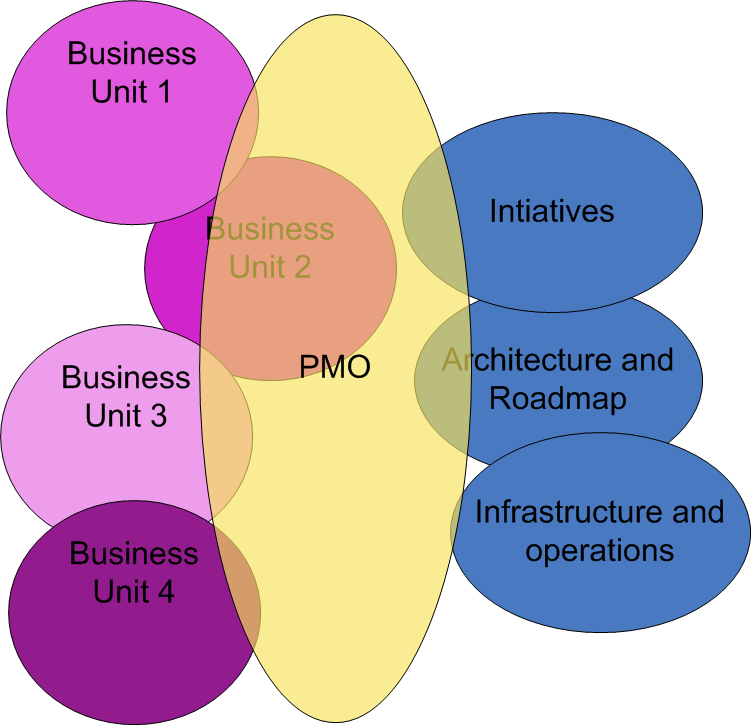Still A Nonbeliever
said, believing that he really has seen PMOs work and trying to reconcile his ideas with my experience, I came to a couple of conclusions.
First and foremost, people need to define what they are asking for when implementing a PMO. My first step is asking why they are considering implementing a PMO. I listen to their attempts to assign traits, "It provides governance," "It monitors projects, providing normalized metrics to compare dissimilar projects," "It makes sure projects are following the right process," and so forth. Trying to get them to realize they are talking about solutions, I reiterate my question, "What does the acronym mean?" In near three-part harmony, they respond project, program, and portfolio followed by management office. Those three P's define wildly different scope. Puzzled participants ponder the problem for a few moments then I suggest, "If we cannot agree on that 'P', then maybe it will help to know the fourth 'P.' What problem are you trying to solve?"
What is Your Problem?
This starts a flurry of comments. The most common being, "We need a consistent method for running projects." Unfortunately, that is not a problem; once again, it is a solution. Eventually the lights come on and someone in a resigned voice says, "Our customer does not like what we are building," or, their close cousins, of excessive cost and late delivery. Now, those are problems. As we drill into the meaning further, we inevitably land on a point that Steve makes in one of his first few slides. There is a gap... no... a chasm between the supplier and the customer. (Steve, being an IT Governance evangelist, says IT, but the problem exists in nearly every project-based discipline.) Trying to get alignment with someone that you rarely see is nearly impossible. System integrators, product developers, and service providers all agree on a solution—if you are unable to deliver what the customer wants, get closer to your customer. Hence, the disconnect with Steve, how does adding a layer of management between the customer and suppler close this gap? It doesn't; it fills the gap and the distance remains. This is where PMOs fail. They lose track of the problem they are trying to solve.
Getting Closer To The Customer
My suggestion is to move closer, literally, to the customer. Move your office, collocate resources, or take them to lunch, do whatever it takes, get to know them and their business. Move the people that will build product or deliver the service as close to the customer as possible. This is one of the key attributes of Agile—the people building the product and the customer or end user are sitting together; the customer directs building a value-laden product.
Sticking with the IT world for an example, a majority internal IT departments are very isolated from the business (Figure 1), hence the gap. Instead of layering a new group to fill in the gap (Figure 2), take the resources that build the product or service and move them into the business unit (Figure 3). Here was my second conclusion: how Steve's concept of a PPM becomes viable. PPM, by most definitions, means Portfolio and Project Management. However, I prefer the term Portfolio Planning and Management. It is more meaningful. The functions are the same as Steve purports—making sure the organization (not just IT) is working on the right things. The key is that the PPM group must have enterprise authority to prioritize projects and validate value to identify which are viable and, if trouble arises, which to abandon.
.png) |
|
Executive project sponsorship plagues nearly every project. Our researched-based white paper Challenges In Executive Project Sponsorship uncovers a variety of issues (some specific to healthcare, that are quite unexpected. |
Look at the
|
No More IT Projects
As I mention in a prior blog, to some people's dismay, there are no IT Projects. There are business initiatives with IT components. Likewise, some business initiatives are devoid of IT requirements, but still utilize critical business resources. If you are going to do real portfolio planning and management, then you need to include the entire enterprise. A managerial layer filling a gap between two groups cannot accomplish this. It must be done by the tier above those groups—a layer that, for the most part, already exists. In other words, key players are the executives, in many cases the C-Level executives. They are the only ones that can ensure a proper direction. Stating the obvious, having executive management properly aligned and active in the project execution will improve project outcomes. Am I saying that lack of executive involvement in projects is the reason project failure rates are so high? I will let you draw your own conclusion.
.png)
 Twitter
Twitter Facebook
Facebook RSS
RSS Linkedin
Linkedin






.gif)

.png)






.png)
